The Book of Tea: The best written account about Japanese aesthetics and spirit. Annotated edition.
Annotated edition of “The Book of Tea”, by Okakura Kakuzō. Okakura Kakuzō’s biography, biographical references of the historical characters in the book, chronology of Chinese dynasties, glossary and notes by Natalio Cardoso. ———————————————- Master work about Japanese aesthetics ———————————————- On occasion, Okakura’s The Book of Tea has been given the subtitle “The Japanese Tea Ceremony”.
Annotated edition of “The Book of Tea”, by Okakura Kakuzō. Okakura Kakuzō’s biography, biographical references of the historical characters in the book, chronology of Chinese dynasties, glossary and notes by Natalio Cardoso. ———————————————- Master work about Japanese aesthetics ———————————————- On occasion, Okakura’s The Book of Tea has been given the subtitle “The Japanese Tea Ceremony”. Actually, The Book of Tea is not a treatise about the tea ceremony, as such a subtitle would denote, but an attempt to transmit to the Western reader the way in which the Japanese aesthetic sense works, which is, in their culture, closely linked to the soul of a whole civilisation. It is the Japanese soul that we want to comprehend when we approach any work by Okakura, with the tea ceremony simply acting as a vehicle to take us there, and indeed, a very well chosen vehicle, since the tea ceremony, particularly the Japanese one, is a combination of aesthetics, spirituality and communion. The cha-do (“the way of tea”) is what Okakura wants to make us understand with his word teaism. This art, or way of tea, finds its cultural expression in the tea ceremony or cha-no-yu (“hot water for the tea”). In Japan, art or aesthetics and philosophy are joined inseparably, in a way difficult to understand for a Westerner. We expect the reading of The Book of Tea to ease this task, since nobody is better than master Okakura, knowledgeable in both Eastern and Western views, in transmitting an idea as removed as this one from our European pragmatism. This annotated edition is an attempt to ease the reading of this classic, providing references that may be easily lost to the Western reader, due to lack of awareness of such a rich and profound culture as that of the East. Contents ———————————————- Prologue to this edition Brief introduction to The Book of Tea Okakura Kakuzō: A Sage Between Two Worlds The Book of Tea I. The Cup of Humanity II. The Schools of Tea III. Taoism and Zennism IV. The Tea-Room V. Art Appreciation VI. Flowers VII. Tea-Masters Chronology of Chinese Dynasties About the AuthorThat a nation should construct one of its most resonant national ceremonies round a cup of tea will surely strike a chord of sympathy with at least some readers of this review. To many foreigners, nothing is so quintessentially Japanese as the tea ceremony–more properly, “the way of tea”–with its austerity, its extravagantly minimalist stylization, and its concentration of extreme subtleties of meaning into the simplest of actions. The Book of Tea is something of a curiosity: written in English by a Japanese scholar (and issued here in bilingual form), it was first published in 1906, in the wake of the naval victory over Russia with which Japan asserted its rapidly acquired status as a world-class military power. It was a peak moment of Westernization within Japan. Clearly, behind the publication was an agenda, or at least a mission to explain. Around its account of the ceremony, The Book of Tea folds an explication of the philosophy, first Taoist, later Zen Buddhist, that informs its oblique celebration of simplicity and directness–what Okakura calls, in a telling phrase, “moral geometry.” And the ceremony itself? Its greatest practitioners have always been philosophers, but also artists, connoisseurs, collectors, gardeners, calligraphers, gourmets, flower arrangers. The greatest of them, Sen Rikyu, left a teasingly, maddeningly simple set of rules: Make a delicious bowl of tea; lay the charcoal so that it heats the water; arrange the flowers as they are in the field; in summer suggest coolness; in winter, warmth; do everything ahead of time; prepare for rain; and give those with whom you find yourself every consideration. A disciple remarked that this seemed elementary. Rikyu replied, “Then if you can host a tea gathering without deviating from any of the rules I have just stated, I will become your disciple.” A Zen reply. Fascinating. –Robin Davidson, Amazon.co.uk
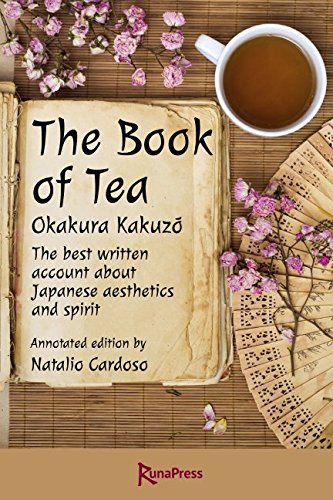
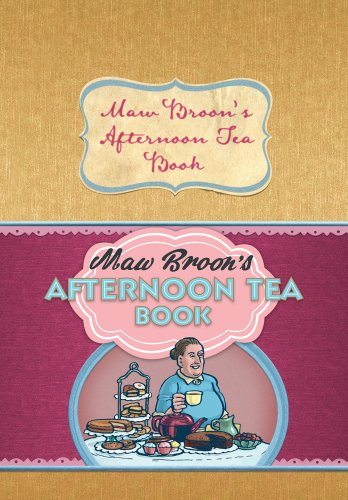
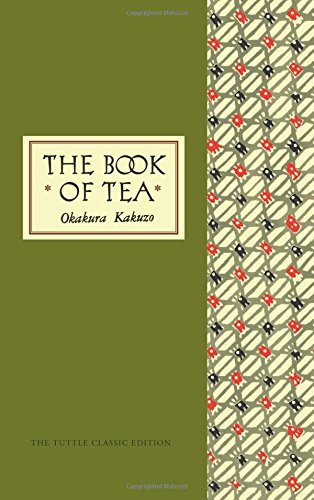
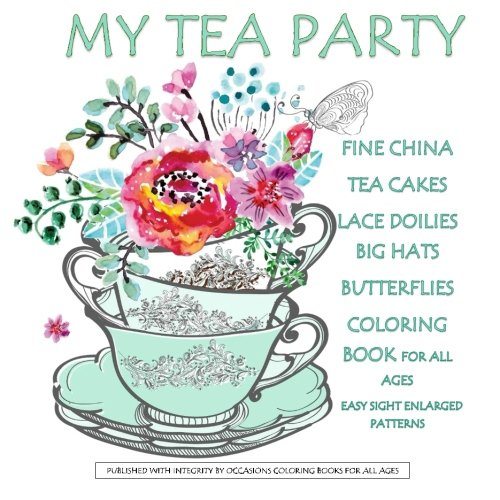





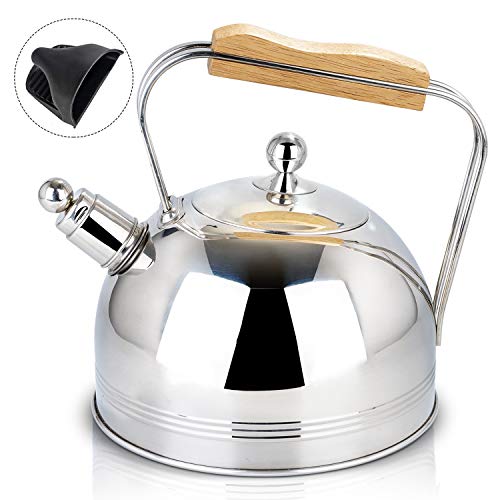


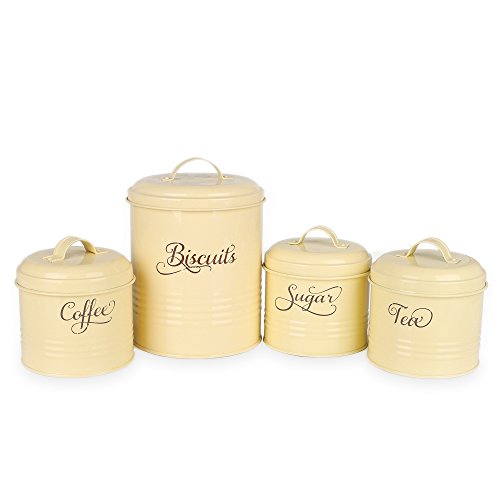


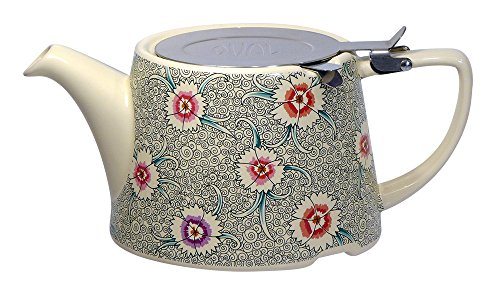

Philosophy of Tea This books is a quick and informative introduction to the philosophy underpinnig “Teaism”. The book outlines how tea masters tried to live their lives according to the simple grace of the Japanese tea ceremony.For those looking for detailed instructions on conducting a tea ceremony, look elsewhere. But for those who want a handbook on a way of life, read further
Philosophy, Life, Art, Flowers, Architecture, This Moment… and Tea. Appreciation. Published in 1906, Okakura’s ‘Book of Tea’ espouses that tea is the foundation for a system of life, a philosophy, and it’s associated benefits all conspire to bring together that which is fundamental, holistically and spiritually. From Taoist and Zen upbringings, Teaism (not a typo!) comes with an admixture of the two as a world-philosophy, disposition and mindset. Being in the here and now and as Okakura writes: ‘The whole ideal of Teaism is a result of this Zen…
Remains the classic introduction to Chado Okakura’s book is a timeless dissertation on both the nature of tea and of Japanese culture that adapted it from earlier origins in China, transforming the simple act of making and serving a humble beverage into a quintessential microcosm of the Japanese traditional art of living. Though written for the edification of Westerners in another age, the author’s wonderfully crafted prose still convincingly conveys the significance of green tea in a manner that doesn’t require you to become a Zen…